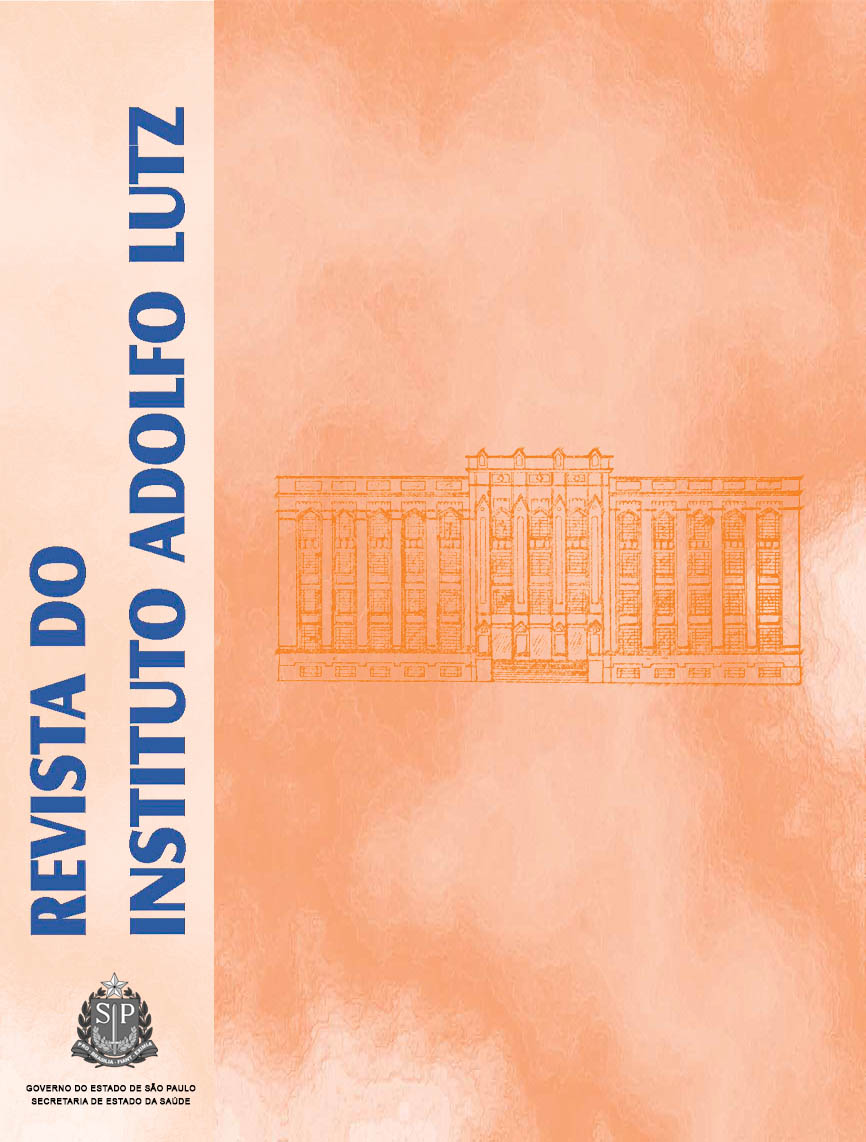Intralaboratory assessment of analysts’ proficiency for carotenoid analysis using a certified reference material
Keywords:
analysts proficiency, carotenoid analysis, certified reference material, intralaboratory evaluation, accuracy, precision
Abstract
Carotenoid analysis is inherently challenging, requiring the analysts’ expertise and attention to many details. To guarantee the reliability of carotenoid data generated in our laboratory, aside from method development, optimization and validation, periodic evaluation of the analysts’ performance is carried out. This paper reports the results obtained in one of our evaluations, using a certified reference material. Five analysts with varying experience in carotenoid analysis participated. The same liquid chromatograph and standard curves were used, restricting the evaluation to the analysts’ performance. The HPLC method consisted of extraction with acetone, partition to petroleum ether, saponification with 10 % methanolic KOH, washing with water, concentrating in a rotary evaporator, drying with nitrogen, dissolving in acetone, separation, identification and quantification. The z-score for each carotenoid was calculated. There was very good agreement in terms of the carotenes and b-cryptoxanthin for the five analysts. For lutein and zeaxanthin, the analyst with little experience in carotenoid analysis obtained lower values, but the z-scores were still satisfactory. One analyst who had experience only with carotene analysis also got lower concentrations for the xanthophylls. This was due to the fact that ethyl ether was not used in partitioning the carotenoids from the extracting solvent to petroleum ether.
Published
2012-02-22
How to Cite
Kobori, C. N., & Rodriguez-Amaya, D. B. (2012). Intralaboratory assessment of analysts’ proficiency for carotenoid analysis using a certified reference material. Revista Do Instituto Adolfo Lutz, 72(2), 165-169. Retrieved from https://periodicoshomolog.saude.sp.gov.br/index.php/RIAL/article/view/32913
Issue
Section
BRIEF COMMUNICATION










